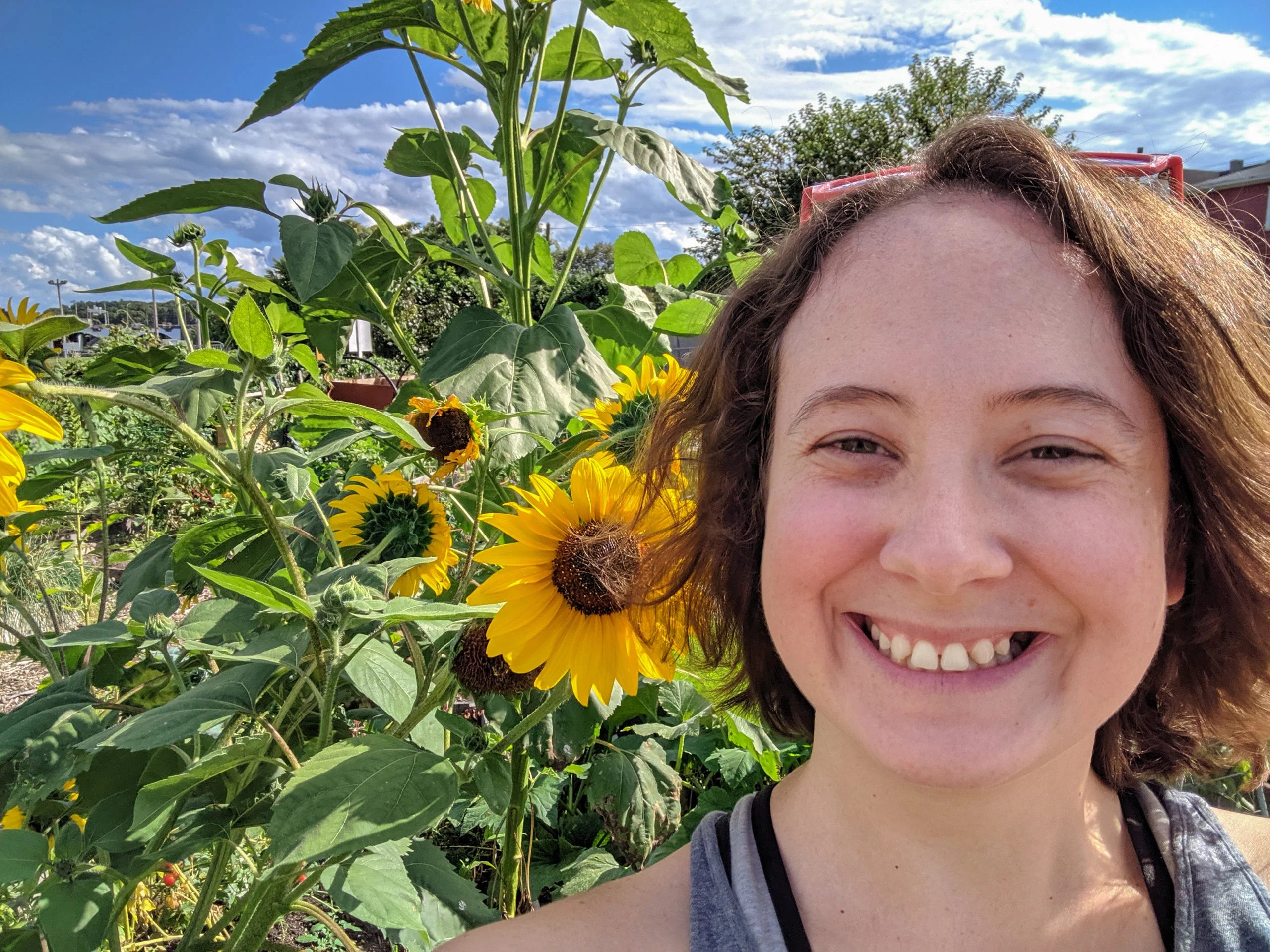Zatta Melon Info And History

Ah, melons. They can be tricky in short growing seasons, and the vines can get a little longer than you expected when you first set out, but it's all worth it when you cut open that first fruit. That sweet aroma. That sticky juice. Grow the right variety, and it's like candy straight out of your garden. One such variety is the Zatta melon.
History of Zatta Melons
Heirloom Zatta melons originate in Italy. They appear in still life paintings from as long ago as the early 17th century. How do we know it's these particular melons? Well, the Zatta has a"¦distinctive look. Okay, it's a straight-up ugly look. With thick skin that's warty and bumpy and deeply cleft, the Italians genuinely call it "Brutto ma Buono," which translates to "Ugly but Good." And it is good! Cut through that nasty exterior and you're met with an inviting, strikingly orange flesh that's intensely fragrant and sweet. It's this rich payoff that has ensured the Zatta melon a popular spot throughout history. Not only were the Old Masters painting them - it's believed that Thomas Jefferson was growing them, though he called them "Cantaloupe Massa," according to Zatta melon info out there.
Growing Heirloom Melons
Like all melons, heirloom Zatta melons should be started early in the season. It's a tricky germinator and a little slow to start, but once it gets going it performs well. Plant a few seeds for every viable plant you hope to have. It should take 80-90 days from sprouting to mature melons. The vines may grow to as long as twelve feet (3.6 m.), and the fruits may weigh as much as 4 pounds (1.8 kg.). When the melons are ready to pick, their skin will develop yellow patches and they will slip easily from the vine.
Sign up for the Gardening Know How newsletter today and receive a free copy of our e-book "How to Grow Delicious Tomatoes".

The only child of a horticulturist and an English teacher, Liz Baessler was destined to become a gardening editor. She has been with Gardening Know how since 2015, and a Senior Editor since 2020. She holds a BA in English from Brandeis University and an MA in English from the University of Geneva, Switzerland. After years of gardening in containers and community garden plots, she finally has a backyard of her own, which she is systematically filling with vegetables and flowers.